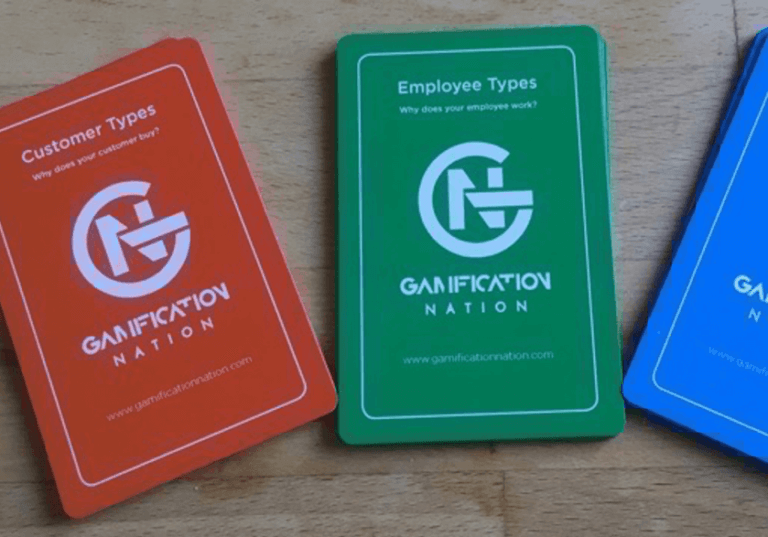Gamification is primarily used to enhance user experiences and add game elements to an existing process. In most situations, I would recommend tailoring your gamification design to the end-user and their motivations. There is a rare occasion though where the customer organisation really wants to apply gamification but their target audience rejects it. In that case, we carefully consider if there is scope to still apply something that would be beneficial but purely on the core business process.
So what should you consider?
1. Does the end-user have any interest at all in gamification?
I had an interesting scenario recently where the end-users totally rejected gamification as some sort of suspicious act of trying to manipulate them. As part of the user research phase for our projects, we occasionally receive mixed feeling but here it was very clear by a vast majority that gamification was not considered useful. I think it is great to know that we created an open enough environment that people could express their feelings openly. In this case, we know that the appetite for gamification from the end-user would result in 0. In the vast majority of projects, this is a resounding yes and we then work immediately with the end-users to create something new. In this case, we have more things to consider.
2. Is there anything in the core business process that can be enhanced with gamification?
The core business process is the sales process if we are talking about a sales organisation, it is the marketing process for a marketing agency, for us, it would be the gamification design process, etc. In this case, the core process is a financial service. Individual suggestions, benchmark feedback especially of a comparative kind and a single point of contact were considered useful. These we could consider core business process enhancements. In some way you could argue that these could also be considered game elements, if you think about it adaptive personalisation tends to be something you find in games, benchmarks through visual graphs or through leaderboards or against group performance are in effect things we often find back in games.
The answer will look at how maybe a little bit of process improvement and fine-tuning can make the general experience smoother. You may have additional objectives as a company to encourage more frequent visits or additional activities. As long as they fit in the regular pattern of what your end-user is used to doing then I would be open to considering this. Because we know that the majority was against gamification of any kind, we would need to present the enhancements in a fitting professional way as opposed to funny and game like.
3. How un-game like does the look and feel need to be?
When we have a situation where the target audience doesn’t want any recognisable gameplay, the question has to be how un-game like does it need to be. If we look at social media as gamified systems, then the likes of LinkedIn give a good example of professional yet the game elements have a serious intent and have an impact on the core business of networking. Namely, who is not going to investigate who looked at your profile or who liked or commented?
In the case of our financial services client, we will make it look as professional as possible with as little of a game-like feel as possible. I personally think that is is how it often works best. Creative wording and sleek design can go a long way in acceptance testing.
Those are my top consideration suggestions for gamification of a core business process.
https://gamificationnation.com/does-gamification-work/



